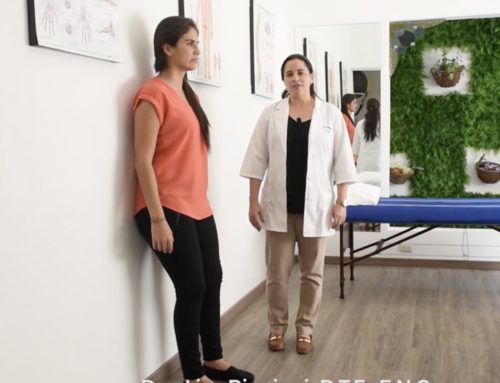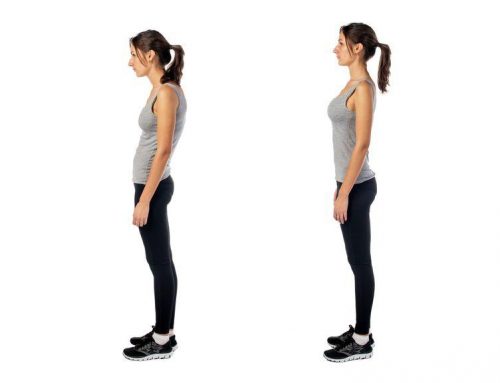Horse therapy
Hippotherapy is a term used to describe the movement of a horse as part of a treatment strategy when used by physical, occupational, and speech therapists. The word hippotherapy comes from the Greek word “hippos” meaning horse. Hippotherapy requires a prescription from a physician.
How does Hippotherapy work?
The natural movement of the horse is used to help individuals increase their functional abilities. The horse’s movement translates through the person, causing many parts of the body to do work. This response is sometimes achieved without the person’s awareness of their effort. The therapist can modify the horse’s movement to promote specific responses within the person. This approach to treatment uses meaningful activities and specific goals, while providing the individual with a joyful experience, in a natural setting.
Why a horse?
The horse’s pelvis moves in the same three ways as a human pelvis does. This creates a movement pattern similar to human walking. The horse also provides sensory input which impacts the person’s vestibular, tactile, and proprioceptive systems. A foundation for the development of sensorimotor abilities is established. Therefore, motor planning abilities are promoted.
What is the difference in Hippotherapy and Therapeutic Riding?
Many people question the difference between therapeutic riding and hippotherapy. The term therapeutic riding is used to describe the recreational aspect of riding. As a recreational activity, riding skills are instructed. Hippotherapy is a medical treatment. During a hippotherapy session, therapeutic goals are addressed to increase neuromuscular function.
What are the benefits of Hippotherapy?
Hippotherapy improves:
- joint mobility
- balance
- muscle tone
- head and trunk control
- strength
- motor skills and coordination
- cardiovascular conditioning
- postural control
- symmetry
- sensory integration
- communication skills
- psychological, cognitive, and behavioral functioning
Who can benefit from Hippotherapy?
- Individuals approximately 2 years of age and older can benefit from hippotherapy. They can have a variety of diagnoses including:
- Autism
- Cerebral Palsy
- Developmental Delay
- Down’s Syndrome
- Learning/Language Disabilities
- Multiple Sclerosis
- Scoliosis
- Sensory Integration Dysfunction
- Spina Bifida
- Stroke
- Traumatic Brain Injury
- Visual and Hearing Impairment
To obtain full text:
Hippotherapy is a term used to describe the movement of a horse as part of a treatment strategy when used by physical, occupational, and speech therapists. The word hippotherapy comes from the Greek word “hippos” meaning horse. Hippotherapy requires a prescription from a physician.
How does Hippotherapy work?
The natural movement of the horse is used to help individuals increase their functional abilities. The horse’s movement translates through the person, causing many parts of the body to do work. This response is sometimes achieved without the person’s awareness of their effort. The therapist can modify the horse’s movement to promote specific responses within the person. This approach to treatment uses meaningful activities and specific goals, while providing the individual with a joyful experience, in a natural setting.
Why a horse?
The horse’s pelvis moves in the same three ways as a human pelvis does. This creates a movement pattern similar to human walking. The horse also provides sensory input which impacts the person’s vestibular, tactile, and proprioceptive systems. A foundation for the development of sensorimotor abilities is established. Therefore, motor planning abilities are promoted.
What is the difference in Hippotherapy and Therapeutic Riding?
Many people question the difference between therapeutic riding and hippotherapy. The term therapeutic riding is used to describe the recreational aspect of riding. As a recreational activity, riding skills are instructed. Hippotherapy is a medical treatment. During a hippotherapy session, therapeutic goals are addressed to increase neuromuscular function.
What are the benefits of Hippotherapy?
Hippotherapy improves:
- joint mobility
- balance
- muscle tone
- head and trunk control
- strength
- motor skills and coordination
- cardiovascular conditioning
- postural control
- symmetry
- sensory integration
- communication skills
- psychological, cognitive, and behavioral functioning
Who can benefit from Hippotherapy?
- Individuals approximately 2 years of age and older can benefit from hippotherapy. They can have a variety of diagnoses including:
- Autism
- Cerebral Palsy
- Developmental Delay
- Down’s Syndrome
- Learning/Language Disabilities
- Multiple Sclerosis
- Scoliosis
- Sensory Integration Dysfunction
- Spina Bifida
- Stroke
- Traumatic Brain Injury
- Visual and Hearing Impairment
To obtain full text:





